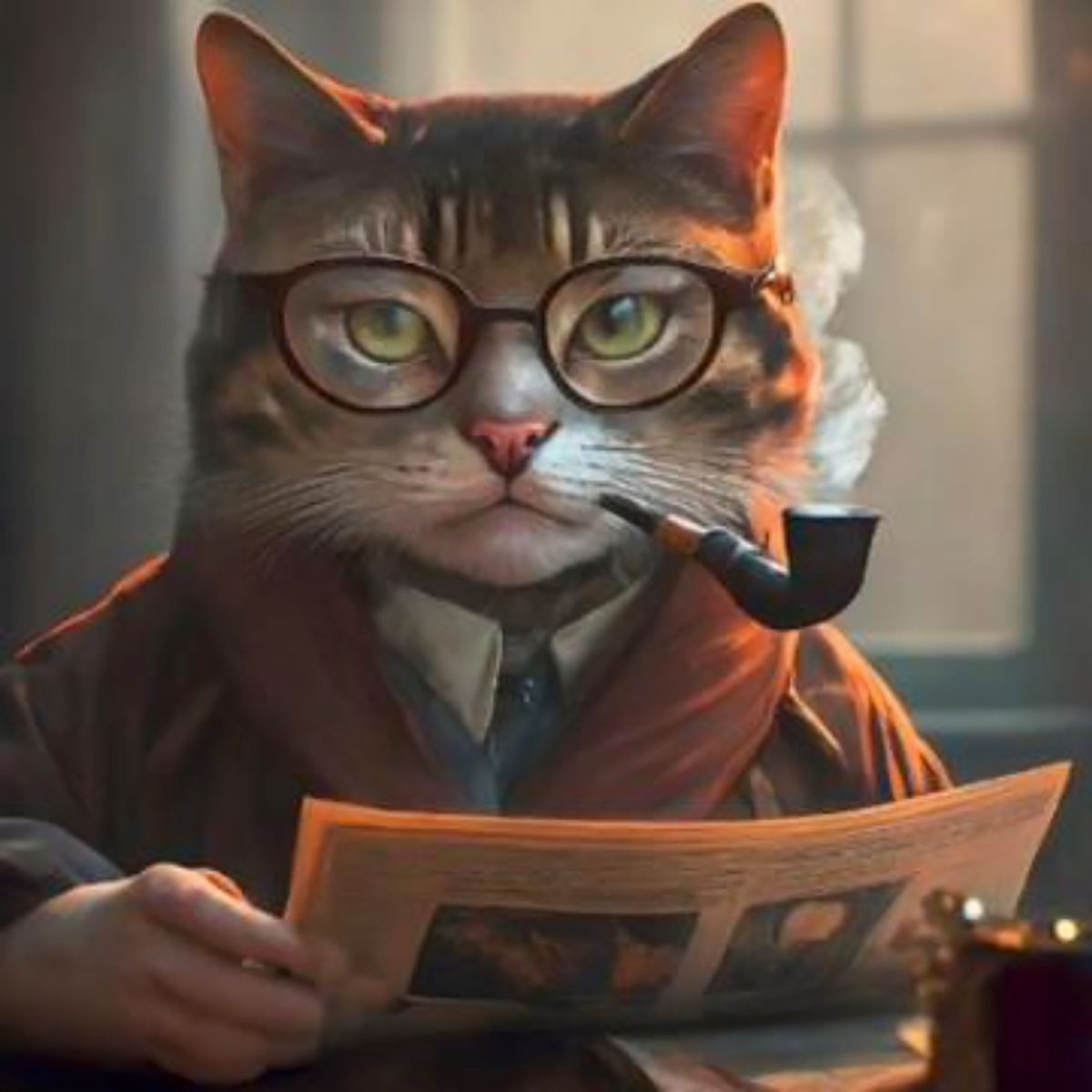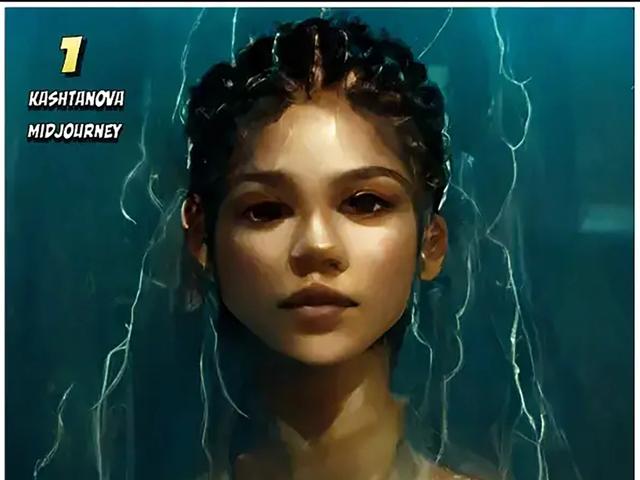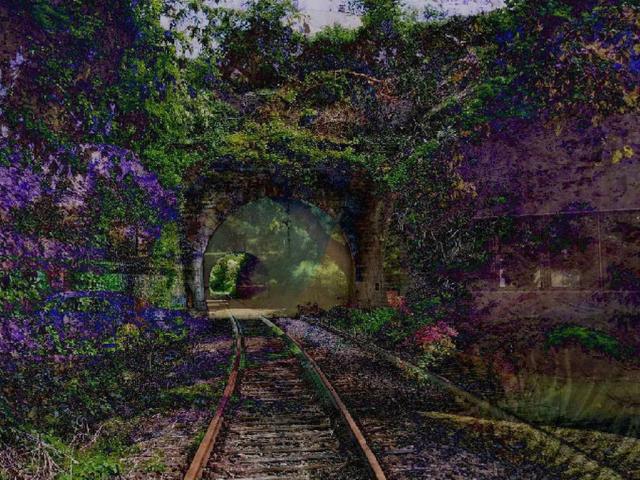Artists can copyright pieces they created using artificial intelligence (AI) tools, according to a new report by the US Copyright Office, but “purely AI-generated material” remains ineligible for copyright protection. The new report issued on Wednesday (29 January) offers some clarity in a murky legal field and could have enormous implications in creative industries from visual and performing arts to cinema and music.
“Where AI merely assists an author in the creative process, its use does not change the copyrightability of the output,” the report, titled “Copyright and Artificial Intelligence, Part 2: Copyrightability”, reads in part. “At the other extreme, if content is entirely generated by AI, it cannot be protected by copyright. Between these boundaries, various forms and combinations of human contributions can be involved in producing AI outputs.”
The Copyright Office’s report is based on the more than 10,000 comments it received in response to a notice of inquiry regarding the intersection of copyright issues and AI. It follows two previous related rulings by its Copyright Review Board: a February 2022 decision that said material generated without any human involvement could not be copyrighted; and a February 2023 decision granting protection to a comic book, Zarya of the Dawn, authored by the New York-based artist and AI consultant Kris Kashtanova with images generated through the AI platform Midjourney. In the latter case, copyright protection was given to the comic as a whole, but not to individual AI-generated images within.
The new report codifies some of the boundaries set in those earlier decisions, but cautions that determining when “human contributions to AI-generated outputs are sufficient to constitute authorship must be analysed on a case-by-case basis”. But it also signals a fairly low threshold for copyrightability: “In most cases, however, humans will be involved in the creation process, and the work will be copyrightable to the extent that their contributions qualify as authorship.”
The new report cautions that determining when “human contributions to AI-generated outputs are sufficient to constitute authorship must be analysed on a case-by-case basis”
By way of a negative example, staff at the Copyright Office provided a prompt to Google’s generative AI system Gemini to create an image of a “bespectacled cat in a robe reading the Sunday newspaper and smoking a pipe”. The resulting image of a bookish feline, in which the newspaper is “held by an incongruous human hand”, fails to meet the threshold required for copyright protection, the report’s authors suggest.
“No matter how many times a prompt is revised and resubmitted,” they write, “the final output reflects the user’s acceptance of the AI system’s interpretation, rather than authorship of the expression it contains.”
Other instances of AI-generated material—such as when an artist’s graphic prompt in the form of a sketch results in an image, or when an artist arranges or augments AI-generated imagery—are generally more copyrightable, the report suggests. It concludes that “in many circumstances these outputs will be copyrightable in whole or in part—where AI is used as a tool, and where a human has been able to determine the expressive elements they contain”.
While this week's document does not, a forthcoming report will “turn to the training of AI models on copyrighted works, licensing considerations and allocation of any liability”. Some artists have sued AI companies alleging that the scraping of their works from the internet without their consent in order to train image generators developed by Midjourney, Stable Diffusion and other companies constitutes copyright infringement. These companies have pushed back, relying on fair use claims to seek the lawsuits’ dismissal.




